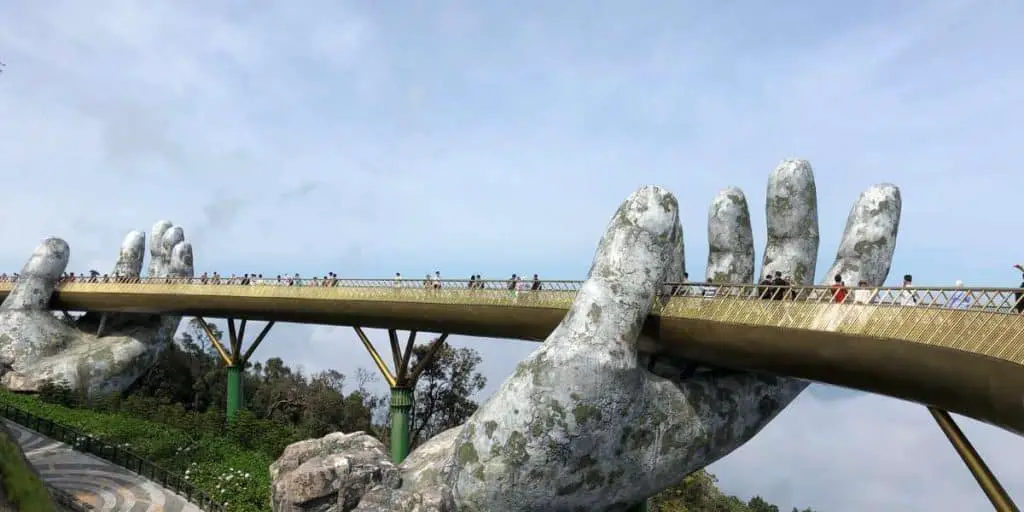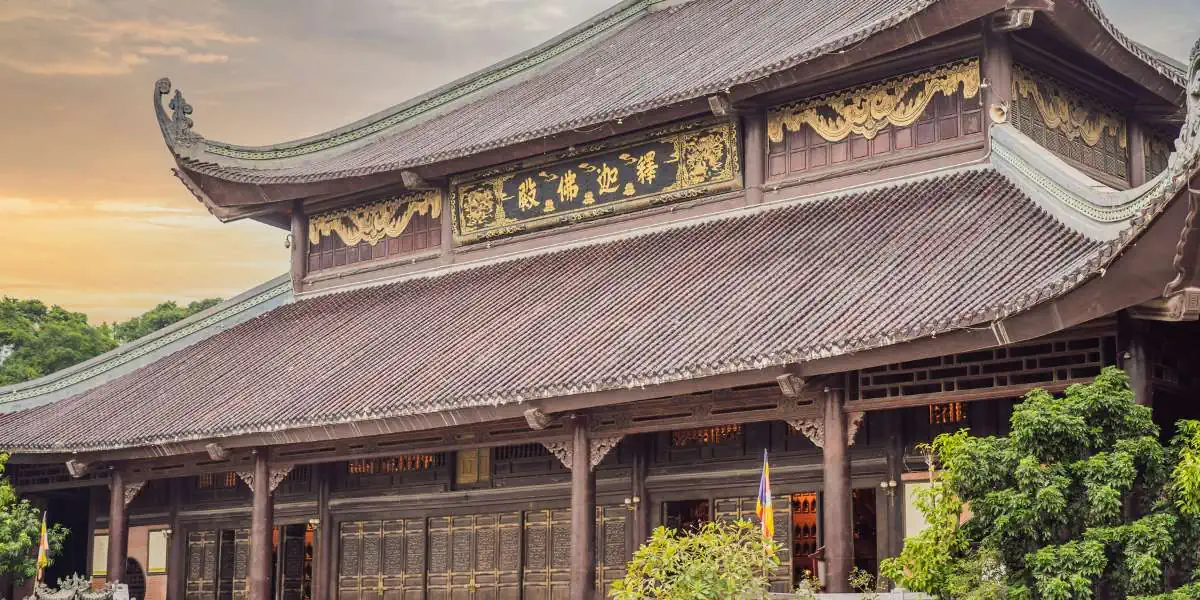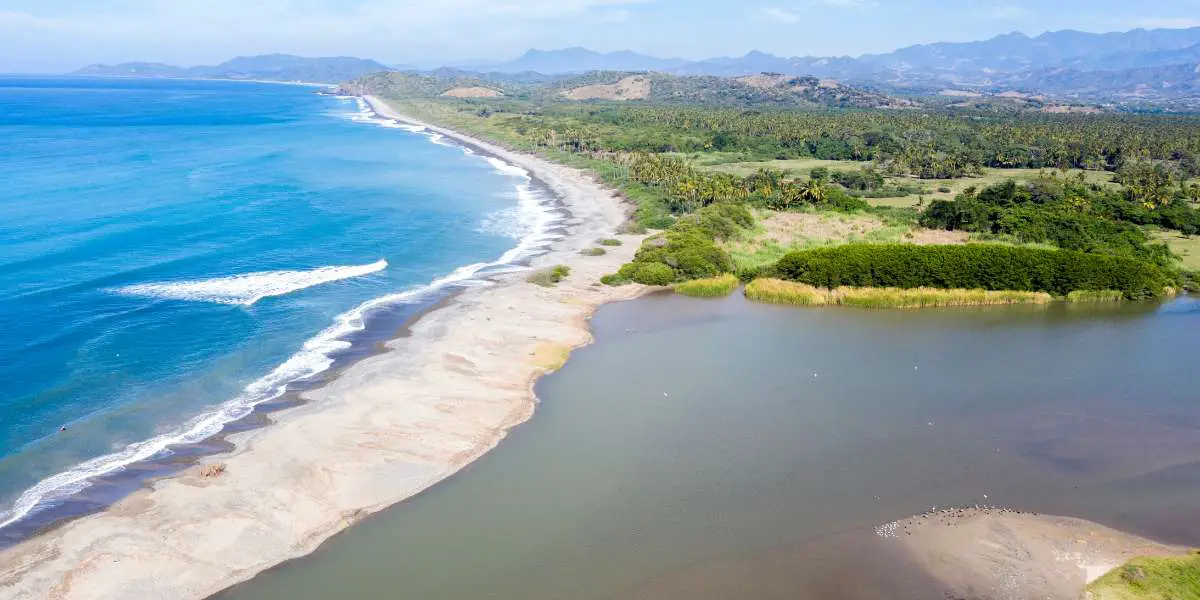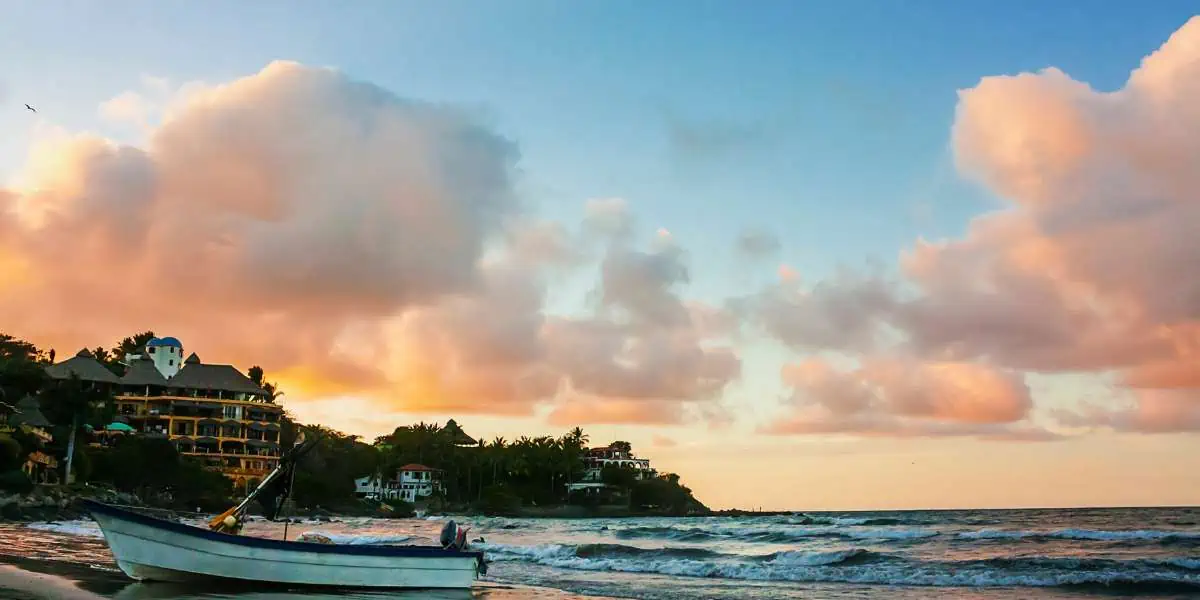Vietnam is a country rich in cultural heritage, with ancient temples that transport visitors back in time. Two of the most awe-inspiring temple complexes are found in the former imperial capital of Hue and at the My Son Sanctuary, a UNESCO World Heritage Site. This article delves into the captivating history, architecture, and significance of these landmarks.
Immersing in the Imperial Splendor of Hue
Nestled along the banks of the Huong River, Hue is a city steeped in regal history. It was the imperial capital under the Nguyen Dynasty between 1802 and 1945, leaving behind a treasure trove of architectural and cultural marvels. The crown jewel is the sprawling Forbidden Purple City, once the seat of power for 13 successive emperors.
Exploring the Magnificent Forbidden Purple City
The Forbidden Purple City was once a walled fortress and palace that housed Vietnam’s royalty and nobility for over 140 years. Constructed based on the principles of feng shui, this complex mirrored Beijing’s Forbidden City. The original design had three circles of 9, 7 and 5 palaces respectively. Visitors entered through the Meridian Gate, walking across bridges over a lotus pond towards the grand Thai Hoa Palace. While only 20 out of 148 palaces survive today due to destruction, their intricate carvings, tilework, and regal motifs still inspire awe.
Key Highlights:
- Imperial Library Pavilion – hexagonal structure with intricately carved doors
- Halls of Supreme Harmony and Harmonious Union – grand audience halls with soaring ceilings
- Royal Theater – curved roof styled like a bamboo hat on elegant columns
- Palace of Splendors and Palace of Longevity – living quarters of high-ranked nobility
A stroll through this once-bustling complex offers glimpses into the lifestyle of royalty in a bygone era.
Marveling at the Serenity of Thien Mu Pagoda
Sitting along the shore of Huong River is another stunning landmark – the seven-story Thien Mu Pagoda. Built atop Ha Khe Hill in 1601, it’s an enduring symbol of Vietnamese Buddhism and spirituality. Its iconic tower rises majestically over the landscape, topped with octagonal bell-shaped pavilion.
Notable Highlights:
- Octagonal Phuoc Duyen tower with dramatic curved eaves
- Setting Sun Pavilion – an ideal place for riverfront views
- Brightly-lit Main Sanctuary Hall with triad Buddha statues
- 350-kg bell dating back to 1710 with intricate dragon and cloud motifs
Ascending into the pagoda reveals timber columns, coral decorations, and beautiful Buddhist artworks. As the oldest standing temple in Hue, it reflects 400 years of tumultuous history and ultimate resilience.
Cruising Along Huong Giang River
The best way to soak in Hue’s regal architecture is aboard a cruise down the poetic Huong Giang River. Floating gently downstream, you’ll enjoy breathtaking vistas including:
- Imperial tombs of emperors in verdant locations
- Riverside Hon Chen and Vinh Tu temples with tranquil ambiance
- Quaint Thanh Toan Bridge, the covered Japanese design from the 17th century
- Fishing villages and floating markets that showcase daily Vietnamese life
Unearthing the Cham Legacy at My Son Sanctuary
Nestled amidst lush forests near Hoi An lies Vietnam’s most remarkable Cham architectural site. The My Son temple complex contains over 70 Hindu temples constructed between the 4th and 13th century AD. This “Valley of Kings” reminds visitors of the rich cultural legacy left by the ancient Cham people.
Tracing the Cultural Significance of Cham Architecture
The ruins of My Son serve as crucial links to the ancient kingdom of Champa that reigned over central Vietnam for over 15 centuries. These temples reflect strong Hindu influences fused with indigenous elements, showcasing the Cham’s brilliant artistry and advanced civilization.
Key aspects:
- Mahayana Buddhist and Shivaite Hindu iconography in statues and carvings
- Distinctive terracotta brick construction featuring pillars and dramatic roof lines
- Stone crafting seen in lingam-yoni, lintels, stele, and inscriptions in Sanskrit or Cham language
Wandering among these atmospheric ruins offers a deeper appreciation for Cham history and culture.
Admiring Elaborate Stone Carvings and Relics
Cham artisans were master craftsmen, incorporating intricate details throughout these Hindu temples. The buildings are living art filled with exquisite decorations and carvings, despite some degradation due to age and conflict.
Noteworthy examples:
- Figurines of dancing priests, musicians, and cosmic deities
- Bas reliefs depicting Hindu epics like Mahabharata and Ramayana
- Sandstone pillars with ornate decorations of animals, gods and plants
- Lingam-yoni sculptures symbolizing cosmic regeneration
Many relics and fragments of the sculptures have been preserved in the on-site museum.
Understanding its Significance as a UNESCO Site
In 1999, My Son was declared a UNESCO World Heritage Site based on two key criteria:
Criterion ii: My Son is an exceptional example of cultural interchange, with Hindu architecture adapted to local traditions in outstanding Cham artistry.
Criterion iii: The site bears unique testimony to a powerful Cham civilization that vanished in the 15th century after rule spanning over a millennium.
It stands as one of Vietnam’s most precious links to its heritage. Due to close proximity to the Cambodian border there are concerns around continued preservation of the site.
Cultural Immersion and Practical Tips

Embracing Local Customs and Etiquette
While exploring these sacred landmarks, remember to be sensitive and follow general etiquette guidelines:
- Dress modestly – knees and shoulders covered
- Remove shoes when entering sanctuaries
- Speak softly and refrain from boisterous behavior
- Seek permission before taking photos with monks/nuns
- Contribute small offerings when praying at altars
Additionally, the subtle rituals around ancestor worship, daily incense lighting and special holidays like Tet help visitors delve deeper into Vietnamese culture. Initiating conversations about local lifestyles often leads to memorable interactions.
Planning Your Temple Adventure in Vietnam
Here are some handy tips around transport, lodging, and navigation as you embark on an unforgettable Vietnamese temple quest:
Getting There:
- Fly into Da Nang International Airport located 30km from Hoi An/My Son
- For Hue, fly to Phu Bai Airport or take sleeper trains/buses from major cities
- Arrange day trip transfers from Hoi An or Hue for convenience
Ideal Length of Stay:
- 2-3 full days in Hoi An and My Son Sanctuary
- 3-4 days to fully experience Hue’s heritage sites
Where to Stay:
- Hue – hotels in the imperial city or along Huong Giang River
- Hoi An – historic Ancient Town district homestays/boutique resorts
Handy Tips:
- Having a guide enriches your understanding of the complex histories
- Visit Hue sites in order – starting from Imperial City down to mausoleums
- The Hoi An temple ticket offers discounted bundles and ease of entry
Complementing Your Experience
While the temples are the highlight, also save time for cultural immersions like:
- Attending traditional music and dance shows in Hoi An
- Learning to cook Vietnamese dishes at a Hue culinary class
- Exploring local villages/islands on bike tours or bamboo boats
- Shopping for souvenirs from century-old craftsmen families
The people, food, and landscapes will leave an equally lasting imprint!
Conclusion
Through their enduring ancient monuments, Hue and My Son encapsulate the essence of Vietnamese heritage and bring alive its rich history. Wandering through imperial palaces evokes Vietnam’s dynastic past, while temple ruins reflect the brilliance of bygone civilizations. These sites compel awe, but also reveal humanity’s shared desire to create meaning and beauty.
Hopefully, this piece has sparked your curiosity to visit Vietnam. As global citizens, preserving our collective cultural treasures requires active participation. You can play a valuable part by visiting these locales mindfully, appreciating their significance, and sharing their compelling stories worldwide. Only through forging stronger connections can we ensure the safeguarding of our past. So embark on this voyage to uncover amazing new insights about Vietnam and the world!





